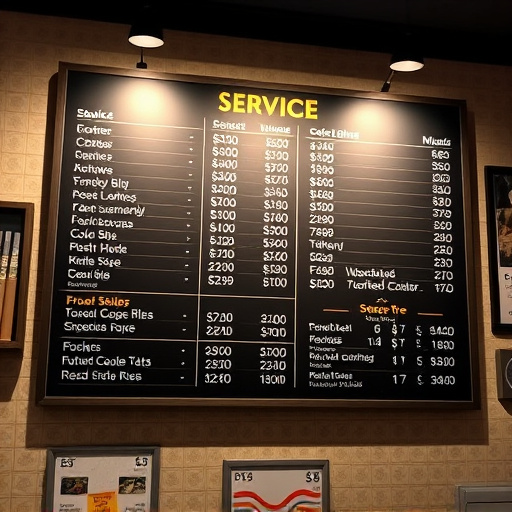Air intake systems play a crucial role in enhancing a vehicle's fuel efficiency. Upgrading to high-flow or reusable air filters and installing cold air intake (CAI) systems improves airflow, leading to better combustion and increased miles per gallon (MPG). These modifications, compatible with modern engine management systems, provide drivers with an effective way to optimize their car's performance and reduce fuel consumption.
In today’s quest for better fuel economy, understanding and optimizing air intake systems is a game-changer. This article delves into the science behind air intake and its direct impact on fuel efficiency, measured in miles per gallon (MPG). We explore best practices for modifying air intake systems to enhance performance, focusing on the ‘best air intake for fuel efficiency’. By implementing these strategies, folks can navigate their vehicles more efficiently, reducing costs and environmental impact.
- Understanding Air Intake and Fuel Efficiency
- Best Practices for Modifying Air Intake Systems
- Measuring and Optimizing MPG with Efficient Intakes
Understanding Air Intake and Fuel Efficiency

Air intake, often referred to as the engine’s “breathing,” is a critical component in determining a vehicle’s fuel efficiency. The process involves drawing in air, mixing it with fuel, and delivering this mixture to the engine for combustion. Optimizing air intake can significantly impact fuel economy by ensuring that the engine receives the ideal amount of air-fuel mixture. This is where modifications come into play, offering potential MPG gains.
By upgrading or adjusting the air intake system, vehicle owners can enhance performance and efficiency. The best air intake systems for fuel efficiency are designed to provide smoother, more efficient airflow, reducing restrictions that can hinder engine performance. These modifications may include cold air intakes, which draw in cooler air from outside the vehicle, improving combustion and increasing horsepower while also contributing to better MPG. Understanding these adjustments allows drivers to make informed decisions when seeking ways to improve their vehicle’s fuel economy.
Best Practices for Modifying Air Intake Systems

When modifying air intake systems for better fuel efficiency and higher MPG, the focus should be on creating a seamless and efficient path for airflow into the engine. Start by replacing the stock air filter with a high-flow or reusable filter designed to minimize restrictions while still capturing contaminants. These filters are often made of synthetic materials that allow for superior airflow compared to their cotton counterparts.
Additionally, consider installing an aftermarket cold air intake (CAI) system. A CAI draws cool, dense air from outside the engine compartment, bypassing hot and dirty air from the cabin or underhood components. This direct path provides a richer air-fuel mixture, enhancing combustion efficiency and improving overall fuel economy. Ensure that any modifications are compatible with your vehicle’s computer systems to avoid potential drivability issues.
Measuring and Optimizing MPG with Efficient Intakes

Measuring and optimizing your vehicle’s Miles Per Gallon (MPG) is a key aspect of achieving better gas mileage, and one effective way to do this is by focusing on efficient air intakes. The best air intake for fuel efficiency plays a significant role in enhancing overall engine performance while reducing energy wastage. Modern air intake systems are designed to draw in cooler, denser air from the surroundings, which is crucial for optimal combustion. This process increases the efficiency of the engine, leading to improved MPG.
By measuring and comparing the difference between stock intakes and high-performance alternatives, drivers can make informed decisions about modifications. Many factors influence MPG, but efficient intakes ensure that the engine receives the right amount of air, promoting more efficient burning of fuel. This simple yet powerful upgrade can result in noticeable savings at the pump, making it a popular choice among those seeking to maximize their vehicle’s fuel efficiency.
Gas-saving intake modifications, such as optimizing air intake systems, can significantly improve vehicle fuel efficiency, leading to better MPG. By understanding how air intake affects fuel economy and implementing best practices, drivers can make informed choices to enhance their car’s performance and reduce fuel costs. The best air intake for fuel efficiency is one that allows for unobstructed airflow while maintaining optimal engine temperature, ensuring a smoother and more efficient combustion process.














